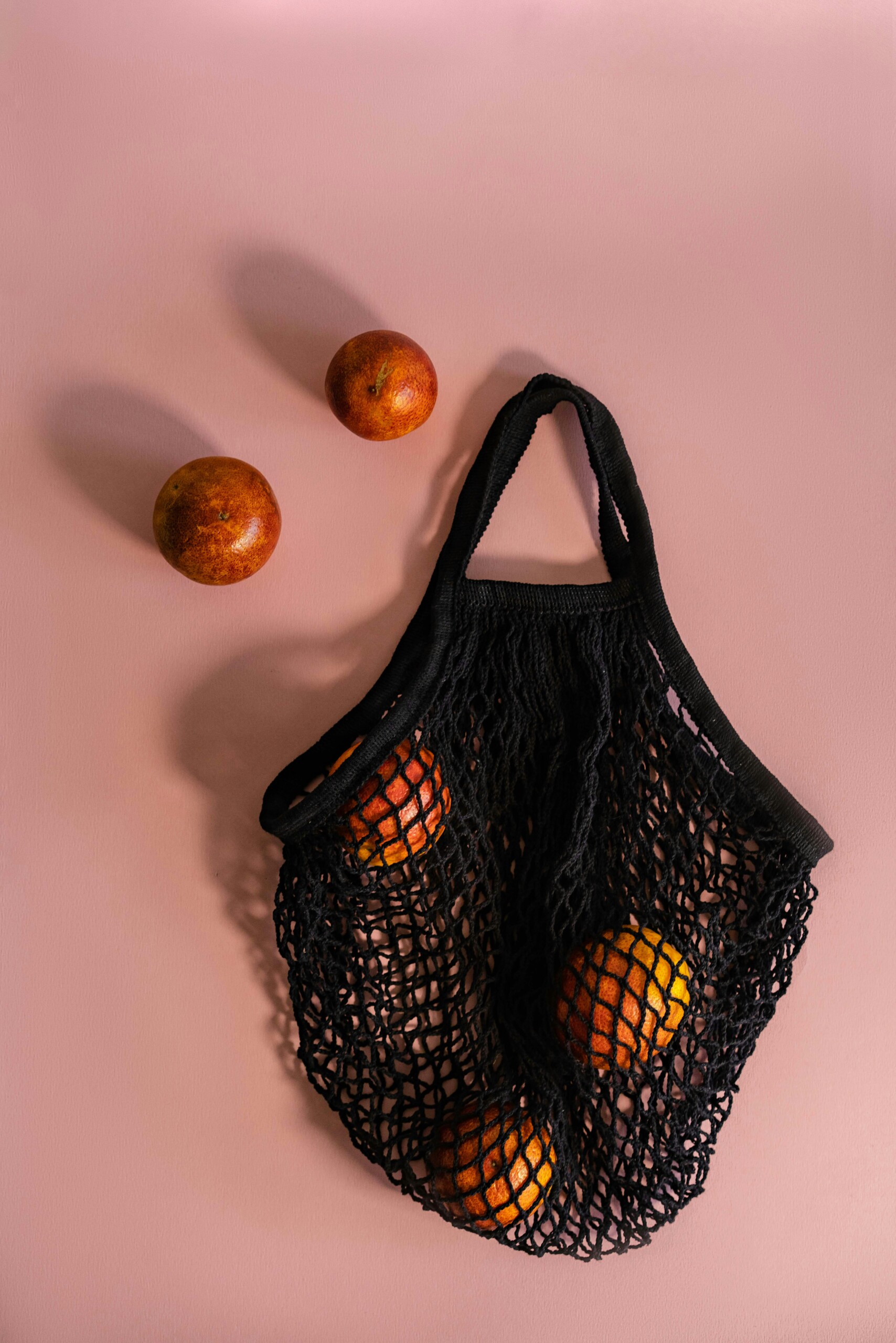
What Foods Should Be on Your Grocery List: Food Blogger Edition
DISCLAIMER: This post may contain affiliate links, which means that I make a small commission off items you purchase at no additional cost to you. Please read my policy page!
What Foods Should Be on Your Grocery List: Food Blogger Edition
When it comes to grocery shopping, I can admit---things can get a bit overwhelming, especially if you aren't too sure of the things you need or even want to try! No worries. That's where this master list of Foods You Should Have on Your Grocery List: the Food Blogger Edition comes in. Everything from common staples and must-haves to specialty items and great alternatives. There's something on this list for everyone in your family.
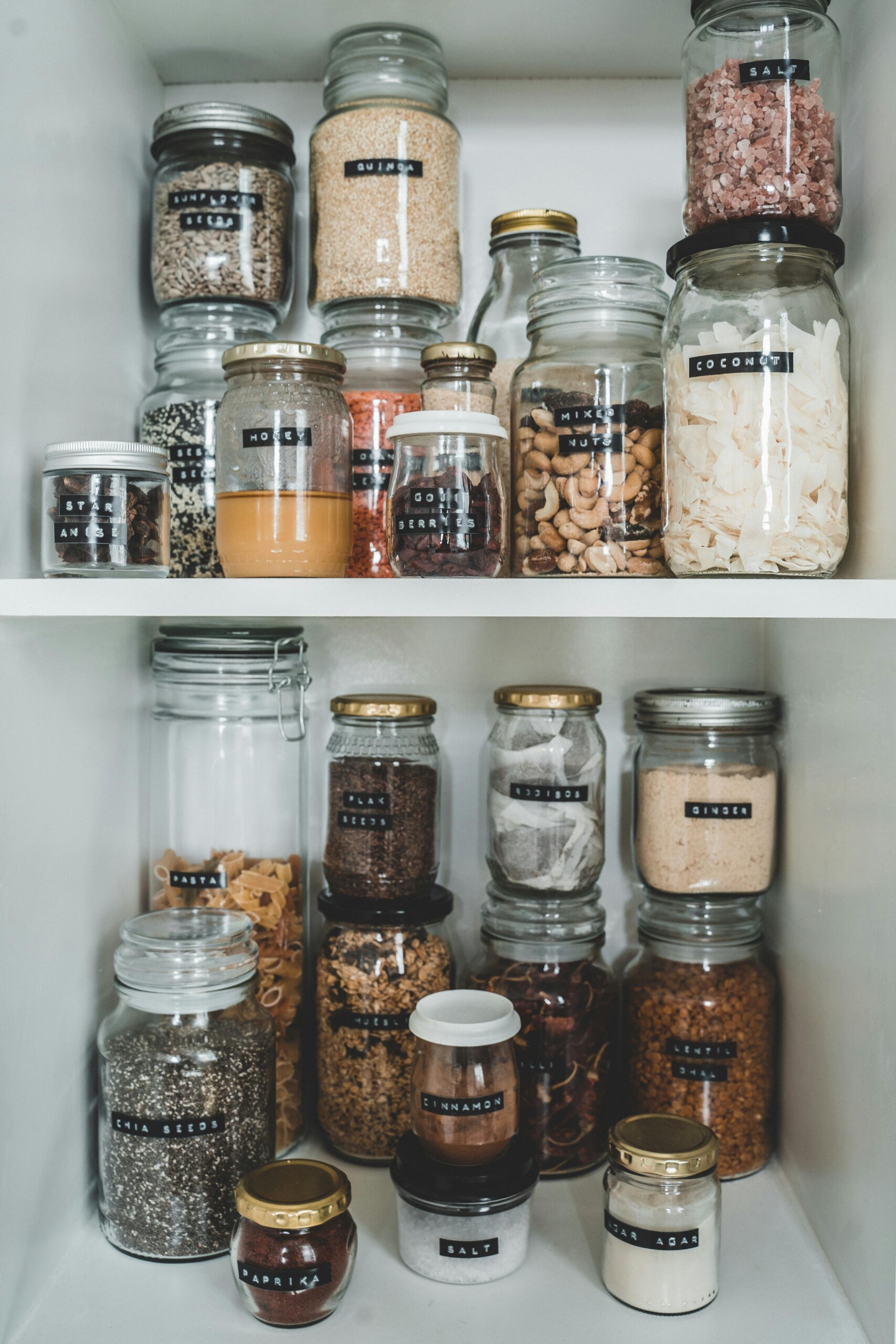
If you've been following Orchids + Sweet Tea for some time or you're new----then you should understand one thing: I absolutely love flavor! And although I use healthier (mostly organic) ingredients and I do my best to live a healthier lifestyle overall, I still enjoy the good ole' sweet treats, bold + complex flavors, and everything else in between. That's why I wanted to create this list. Over the years as a food blogger creating and experimenting with hundreds (if not thousands) of recipes, I've come across a ton of great options and swaps that you may find helpful, especially if you're looking to solidify your grocery list and master a rather useful one. Plus, I have my weekly "What To Eat This Week" series which can help with meal prep and cooking things throughout each day.
Jump to:
Inside the Grocery Bag of a Food Blogger
While many of the things on this list are for an "ever green" kind of grocery list---meaning it doesn't matter the time of year for the most part; I do recommend reading my Best Pantry Foods To Stock For Fall 2023 article for more seasonal options if you need it. Most of the items that I purchase may be similar to the ones that you buy on a daily or weekly basis. However, as a Food Blogger, I tend to shop a bit differently than I use to (and probably many of you do right now). Due to my profession, I have to consider my "inventory" ingredients, which are specifically for recipes versus my day-to-day ingredients---which can sometimes be a hassle and definitely can get expensive if not organized strategically. Yup, longer lists and more frequent trips to the grocery store----but I've learned to master it over the years. Haha.
One thing I do know: I definitely look at food differently, especially when buying organic vs. non organic. Now, I completely understand that this is a widely controversial topic because of the fact that most people believe that "organic" ingredients aren't necessarily better than their counterparts. And while this may have some truth to it (when it comes to pesticides being present, etc.), I'm still a huger fan of certain ingredients being organic because of the "quality" and lesser presence of synthetic fertilizers, etc.
Thankfully, there are places like farmers markets, organic markets, food co-ops, and smaller speciality grocers which can allow you to still get great organic foods, some at a more reasonable price than others. Stocking up on essential pantry staples is key for any emergency as well. From shelf-stable foods to must-have basics, this Must-have Pantry Staples + Essentials for an Emergency guide covers everything you need to be prepared and keep meals easy during uncertain times!
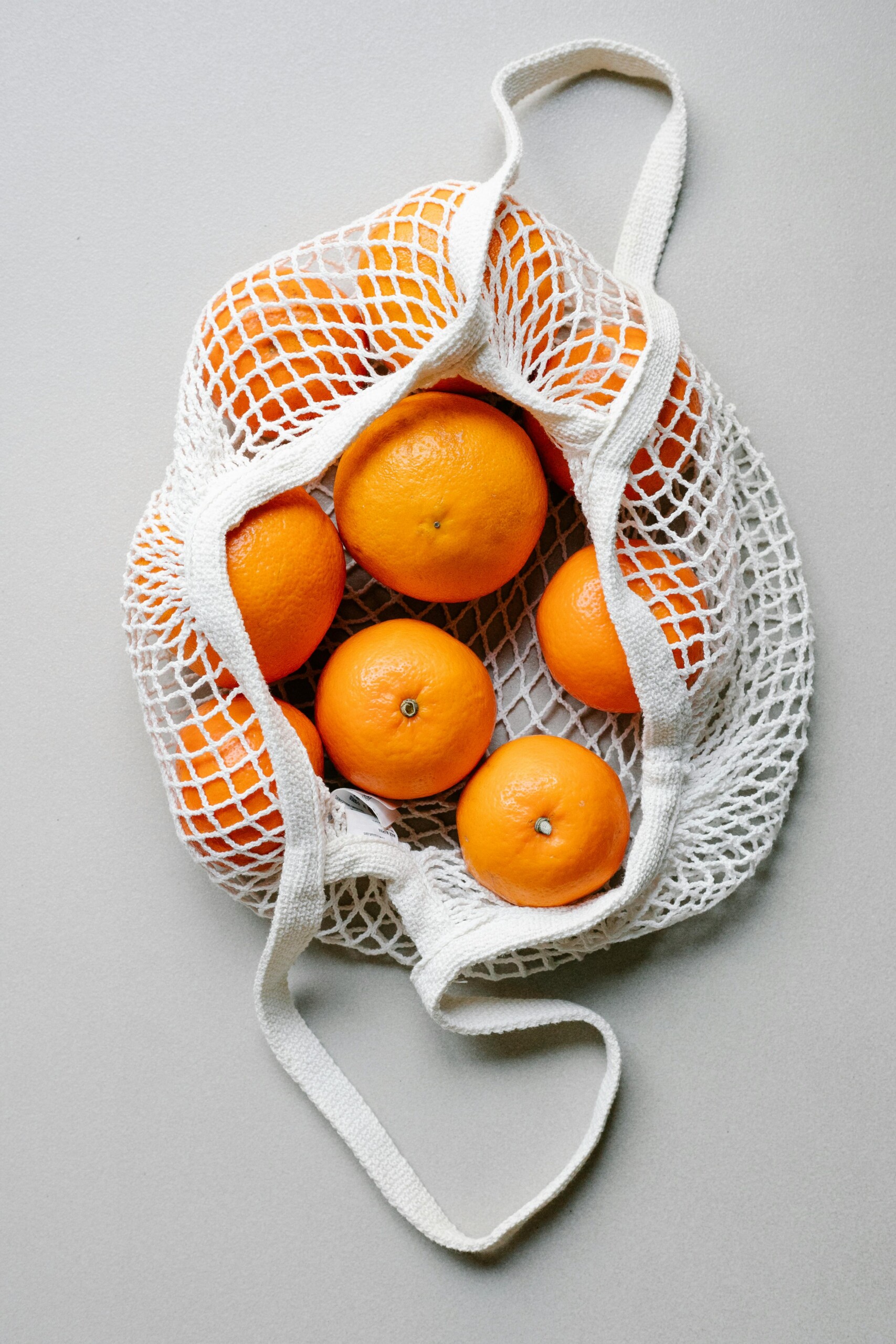
Tips for Making the Best Grocery List
Creating a grocery list might seem like a daunting task, but it doesn't have to be. There are a few easy steps that can make your shopping experience so much simpler and hassle-free by incorporating the following tips:
Meal Plan Everything. If you're not already doing this, be sure to plan your meals for the week for a better picture of the ingredients you'll need once you hit the grocery store. In this, you'll want to handpick recipes that you love which would fit into your diet (as well as any family members with a specific dietary restriction) and also consider leftovers and how you can repurpose them if need be. This helps you to create a nice healthy "base" list.
Check What You Already Have. This is an important step as well. Always start with double-checking your fridge and pantry to see what you already have so that you aren't re-purchasing things that you don't need unless they're extreme staples that you need to stock up on. With that being said, be sure to make a list of the things that are running low as well so that you don't find yourself missing something in the long run that you'll need later on.
Organize Your List Well. This is another key tip! Organizing your list well by creating categories is super helpful and I highly recommend it. You can go as far as to categorize ingredients based on the aisles with your local grocery store or based on common ingredients versus speciality ingredients. Either way, this helps you to maneuver through the list as you shop more seamlessly.
Prioritize Your Items. Another important thing you'll need to do is prioritize your list of ingredients based on the order of importance. This is especially great if you have a tighter budget because you'll then be able to ensure that you were able to purchase the things you absolutely need.
Get Specific. I know that we're used to writing down ingredients in the general sense when creating a grocery list, however, it's super helpful when we get specific about certain items, especially when it comes to dietary restrictions, etc. For example, it's better to write down "Almond milk" as opposed to just "milk" or "plant-based milk"---unless you're only shopping for your personal needs and are aware of your own preferences. To take it a step further, adding the quantity (or number of items needed) is a great way to keep things in order and to ensure that you purchase everything needed, especially with a tighter budget.
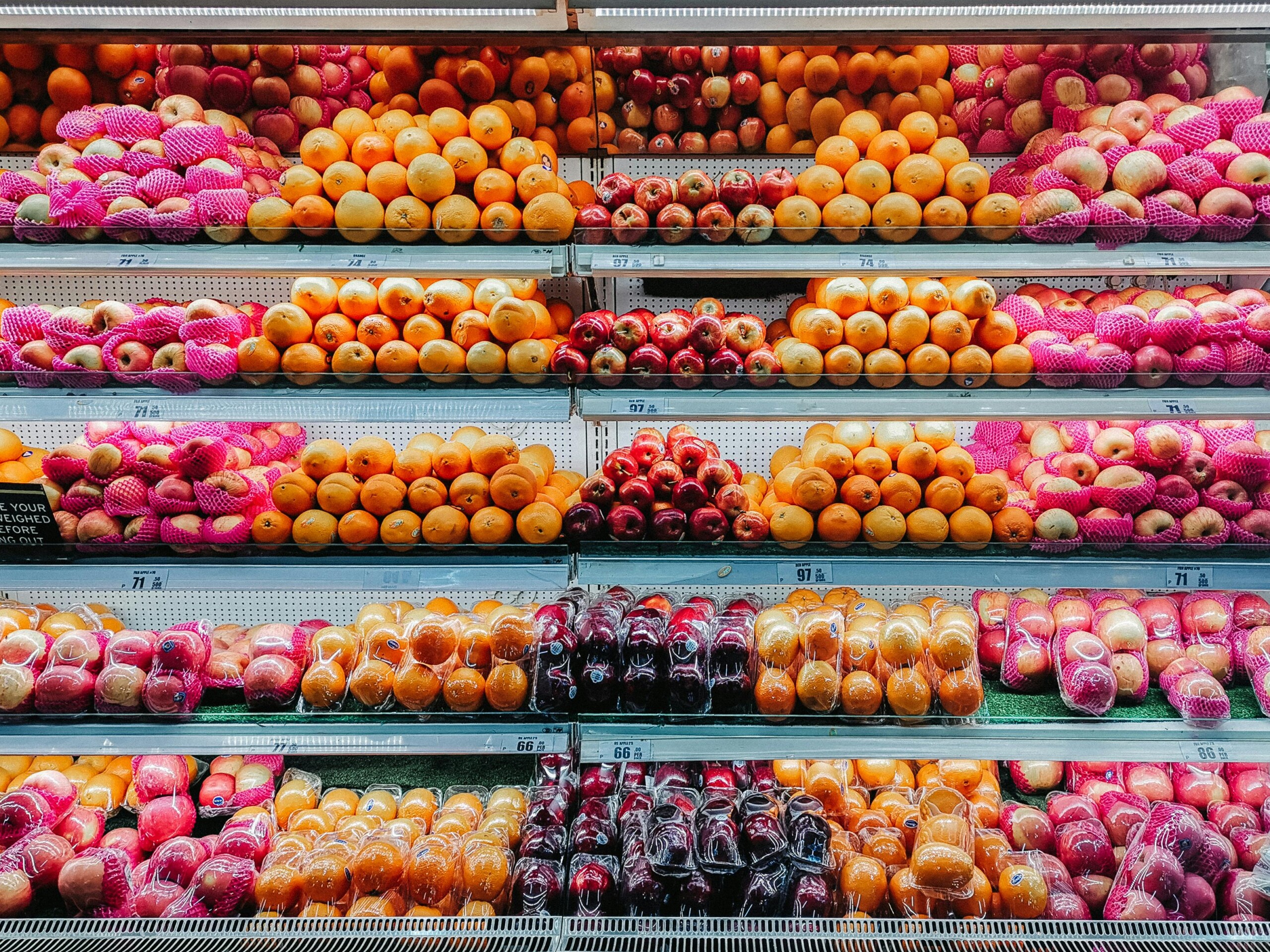
The Grocery List
Pantry Item Staples:
- Organic flour (I usually get a mix of types: all-purpose, bread flour, gluten-free flour, + on occasion---whole wheat; Learn more about Why Flour lasts longer when Refrigerated)
- Sugar (I usually get organic cane sugar + brown sugar)
- Herbal teas (I'm a tea lover so I grab a variety of teas like peppermint, dandelion root, chamomile, lemon ginger, etc.)
- Beans (You can go crazy with the variety beans there are, but my faves + staples include chickpeas, red kidney beans, black beans, pinto beans, cannellini beans, and sometimes lentils; Learn more about these 5 Tips For Better Bean Digestion)
- Bread (organic whole grain, sourdough, + other speciality bakery bread like brioche; Learn more about the 15 Types of Breads to Try)
- Liquid stocks (I get a range of chicken, veggie, beef, and bone broths)
- Pasta (These consist of a large number of pastas since we're big pasta eaters; Learn more about the 30 Types of Pastas + How to Use Them)
- Seasonings and Spices (I tend to get a large list of spices because I use them so heavily. However, for great ease + bold flavor, you can grab my Brooklyn Collection which includes an All-Purpose Blend, Marry Me Blend, + Dessert Lover Blend)
- Nuts (I tend to purchase an array of nuts like almonds, pine nuts, pecans, pistachios, walnuts, peanuts, etc.)
- Oils (I love purchasing Extra virgin olive oil, coconut oil, grape-seed oil, + organic vegetable oil which is solely for baking)
- Water (I'm definitely more into waters that include electrolytes which is why my staples are Fiji or Essentia; for a more affordable option---Nestle Pure Life water works)
Dairy/Refrigerated Staples:
- Milk (We only drink plant-based milks, therefore, I usually get things like Almond milk, Pea Milk, and sometimes Coconut Milk; Learn more about the Best Milk Alternatives)
- Creams (I usually use organic heavy cream, whipped cream, coconut whipped cream, and will purchase half & half in some cases)
- Cheese (I get a mix of regular cheeses like shredded cheddar, mozzarella, and grated parmesan. Also, I love getting bricks of cheese like gouda, parmesan, cream cheese, and some cheddars as well)
- Cheese Shreds (These are the dairy-free cheeses that I use/buy also. My favorites include cheddar, mozzarella, and colby jack)
- Eggs (I always purchase organic eggs and my favorite brand is from Vital Farms; Learn more about great; Learn more about Eggs: Substitute options, + more)
- Sour cream
- Mayonnaise (I usually purchase vegan mayonnaise from quality brands like Follow Your Heart; but sometimes I'll get regular mayo too)
- Ice cream (This is usually for topping purposes like for a dessert or something --I usually love quality brands like Ben & Jerry's, Van Leeuwen, So Delicious Dairy-Free, and Haagen Daz)
- Yogurt (This is not a major staple, but I usually get dairy and dairy-free yogurt)
- Herbs (I tend to purchase certain fresh herbs like basil, thyme sprigs, rosemary sprigs, oregano, dill, etc.)
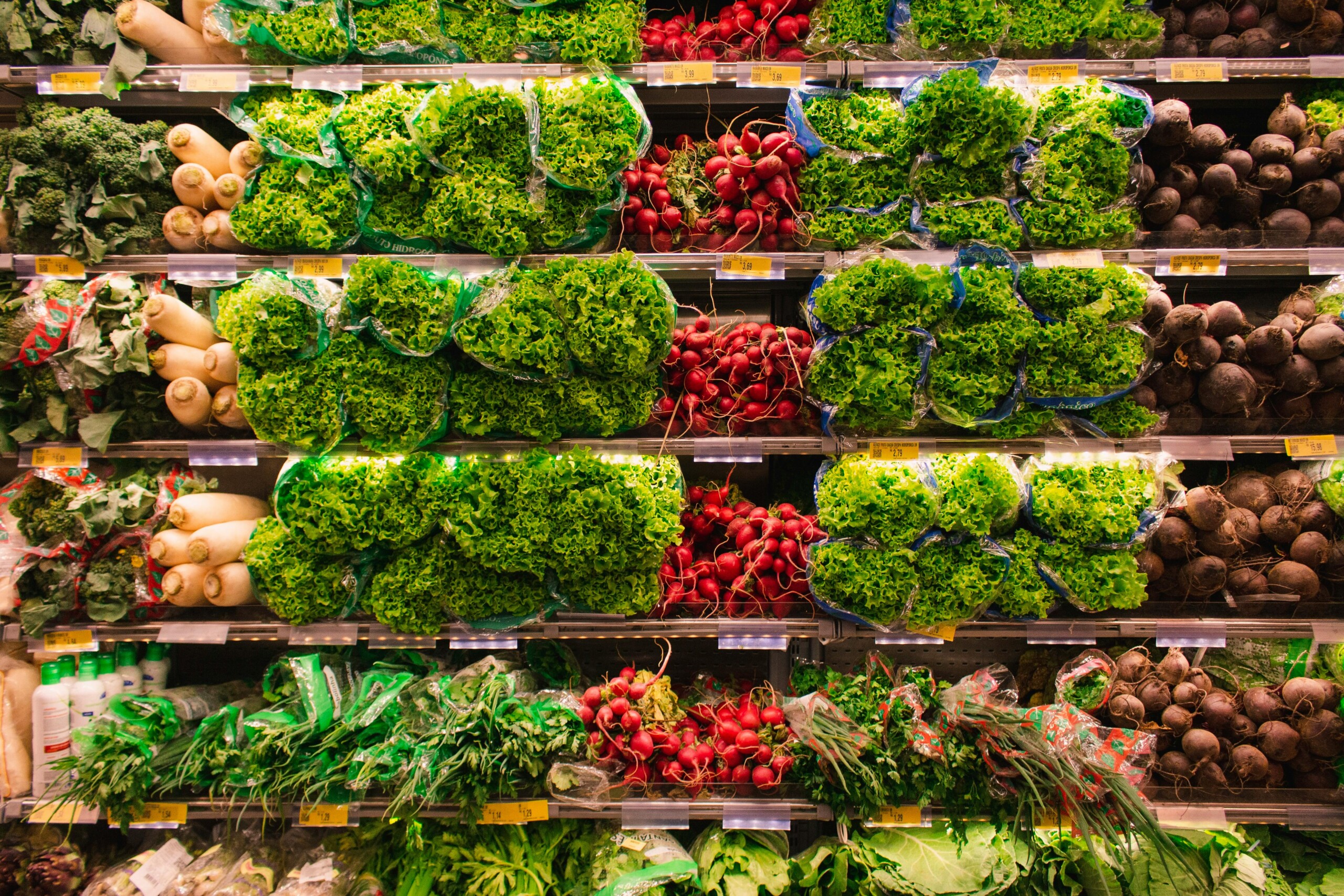
Fruits/Veggies:
- Vegetables (I like to purchase organic for most vegetables like zucchini, broccoli, cauliflower, broccolini, lettuce, purple cabbage, arugula, spinach, kale, mustard greens, carrots, onions, jalapeños, garlic, potatoes, sweet potatoes, butternut squash, etc.)
- Fruits (Just like with veggies, I tend to purchase organic fruits as well like watermelon, bananas, blueberries, strawberries, raspberries, blackberries, oranges, apples, tomatoes, avocado, grapes, kiwi, etc.)
- Frozen fruits (I love purchasing frozen fruits because they last longer, are more convenient, works awesome for smoothies, and are great when things are out of season. I usually ensure that they are organic also like blueberries, strawberries, mangos, pineapple, tropical mixes, etc.)
Meats + Alternatives:
- Chicken (This is always organic and I grab a variety of pieces like drumsticks, wings, thighs, breasts, boneless, and even whole chicken)
- Ground turkey (We don't eat red meats much, therefore, I love turkey meat as a healthier alternative without compromising the flavor or texture)
- Shrimp (This is always organic and is wild-caught and NEVER farm raised)
- Salmon (Just like with shrimp, this is always organic and is wild-caught and NEVER farm raised; I love Sockeye salmon specifically)
- Other meats (On occasion, I may purchase bacon, pork, beef, or even lobster for a special dinner or a specific recipe that I want to create; Again, I usually lean towards all meats being organic)
- Meat alternatives (While I rarely purchase store-bought plant-based meats, however, when I do---I like to stick with brands like Gardein or Abbott's; Generally, other ingredients like jackfruit, tofu, beans, eggplants, etc. work better; Learn more about the Best Meat Alternatives)
Specialty Items:
- Taco ingredients (Things like tortillas, hard shells, salsas, and condiments are always handy because tacos are super quick + easy during weeknights)
- Granola (I love making my own like this Superfood Honey Orange Granola, but organic store-bought version are convenient too)
- Other baking ingredients (These would include things like powdered sugar, baking powder, cornstarch, vanilla extracts, baking chips, and that sort of thing)
- Sauces (I love grabbing things like BBQ sauce, pepper sauces, hot honey, etc.)
- Coffee (While I don't drink coffee daily, I love quality beans from brands like Kicking Horse)
- Sweet stuff (This includes organic chocolate bars, jams/preserves, marshmallows, and other sweet treats)
- Miscellaneous (Things that fall within this category could be ingredients that are authentic to Jamaican cooking or something of that nature; See my Favorites in my Amazon Shop)
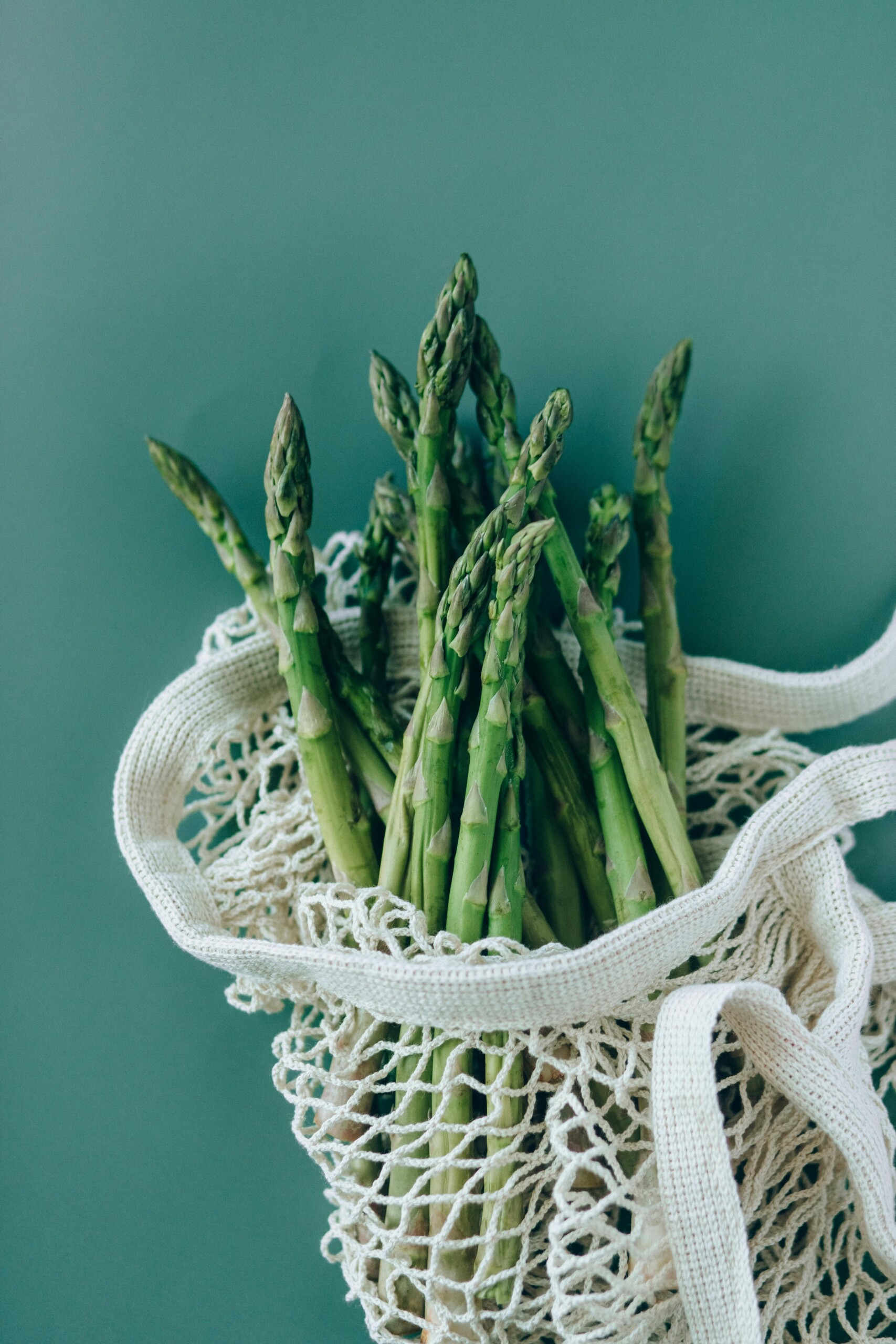
As you can see, my grocery list can be a bit long and comprehensive, especially when it comes to the little speciality ingredients for the recipes that I create. Overall, grocery shopping is a real science (especially when it comes to getting a bang for your buck), which is why I breakdown the way that I do grocery shopping by the following:
I always purchase the essentials first, which make up 70% of my grocery bag---think things like fruits, veggies, eggs, milk, sugars, flours, cheeses, breads, meat, and fish.
Then, the other 30% may include things like snacks, nuts, other sweets (ice cream, etc.), pastas, and other speciality items. With these items I try to search for bargains (and sales) in correlation with the healthier brands that I love to use.
How to Save Money on Foods.
For instance, specific stores such as Whole Foods (one of my main grocers) may have one of my particular favorite branded items on sale (especially via Prime when I shop online) versus my local grocer or co-op grocer. If that becomes the case, then I'll usually split my grocery shopping up between both stores so that I am able to save a few dollars----because every dollar counts, right?!
Unfortunately, I am not the girl who walks through each and every aisle reading the nutrition labels on her food (not that there's anything wrong with those who do this). However, I do research about brands and once I resonate with their mission and overall manufacturing process and ingredient quality, then I'm pretty much a die hard fan for the long run (sometimes regardless of the price). I believe that it's so important to know what goes into our foods, especially when it comes to how certain brands process and package what we eat.
In addition, another great trick to saving on foods (especially when purchasing organic) is to stock up during sales. Personally, when a particular healthier food item is on sale, I'll either purchase more than two or three (depending on the savings) and store it in my pantry or freezer for a longer storage. Check out these 10+ Surprising Foods That Can Be Frozen!
In case you didn't know, freezing items is a great way to preserve foods for a longer period of time--most times for months at a time, even with homemade recipes that have leftovers that you don't want to leave in the refrigerator. See my Freezer-friendly Recipes.
Honestly, when it comes to canned foods, I'm not a major fan! There a few things that I purchase canned, however, I always try to get "fresh" ingredients, which ultimately means less processing and altering. But I'm no judge of those who enjoy canned foods, especially since stocking up on pantry staples can be so smart and economical. It's definitely a preference, however, I know that most canned foods are higher in salt, sodium, sugars, and all the other stuff that aren't necessarily that great for you.
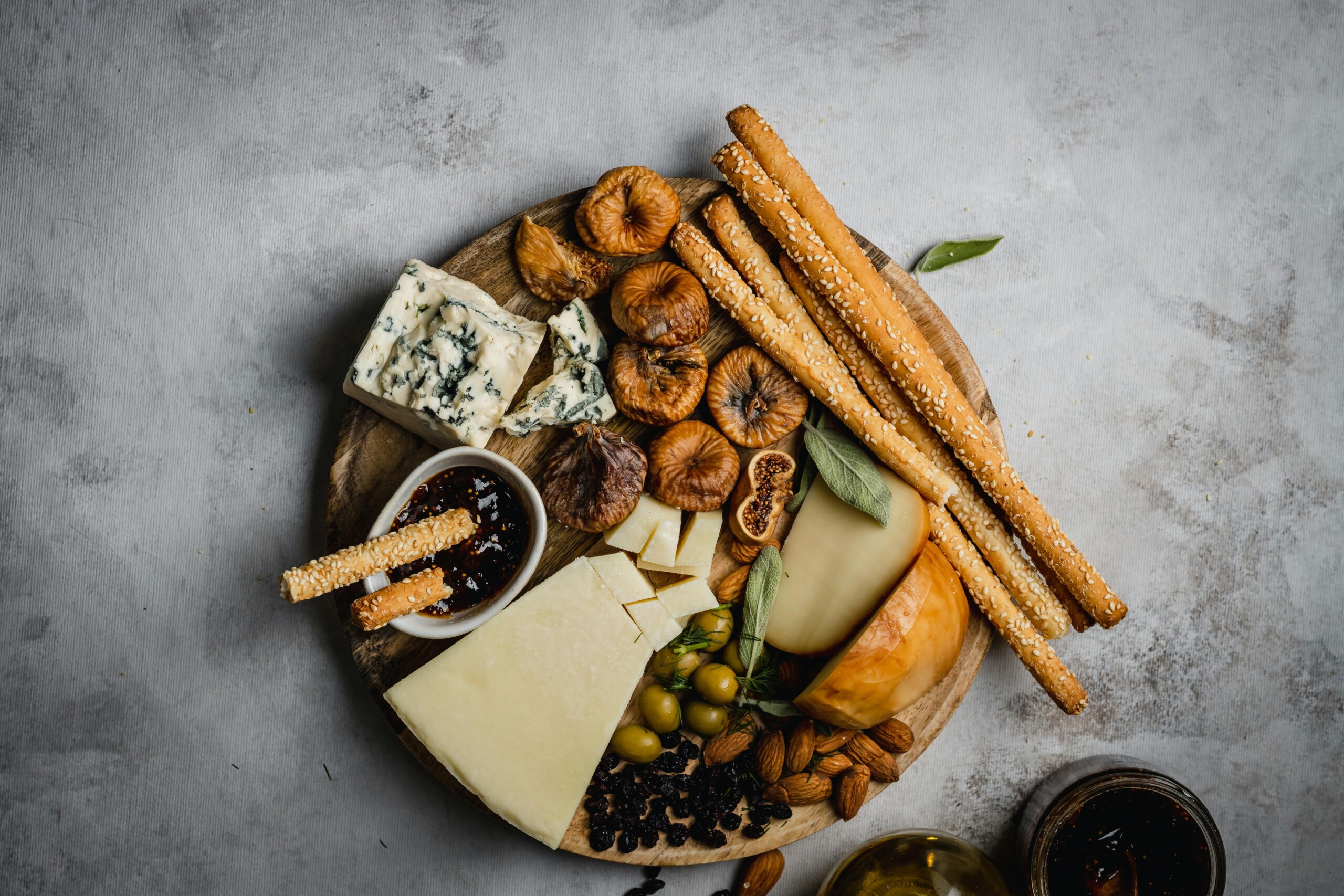
Lactose Intolerant? Try These Cheeses!
I don't know about you, BUT cheese is my absolute kryptonite! While I do make an effort to stay clear of dairy most often (due to my slight intolerance), I always find myself eating something with cheese or some sort of dairy for that matter. However, I've since learned that for those of us with an intolerance to dairy, there are cheeses that we MAY be able to tolerate much more. How? Well, it's mostly dependent on whether trace levels of lactose are still present after the cheese making process.
During the processing of cheese, most of the lactose is drained off with the whey and the small amounts that remain are turned into lactic acid during the "aging process" of the cheese. Therefore, the following cheeses that still have trace levels, but can be digested by those of us with an intolerance include:
- Natural cheeses (like goat cheese, feta, cottage cheese, mozzarella, etc.)
- Aged (Cheddar, Parmesan, Gouda, Colby, Muenster, Gruyere, + Swiss)
Of course, moderation is key here, so no getting carried away! Haha!
However, the following cheeses have higher lactose present (since they are freshly unripened cheeses):
- Mozzarella (fresh)
- Cream Cheese
- Ricotta
- American slices
Who knew, right? Yup.
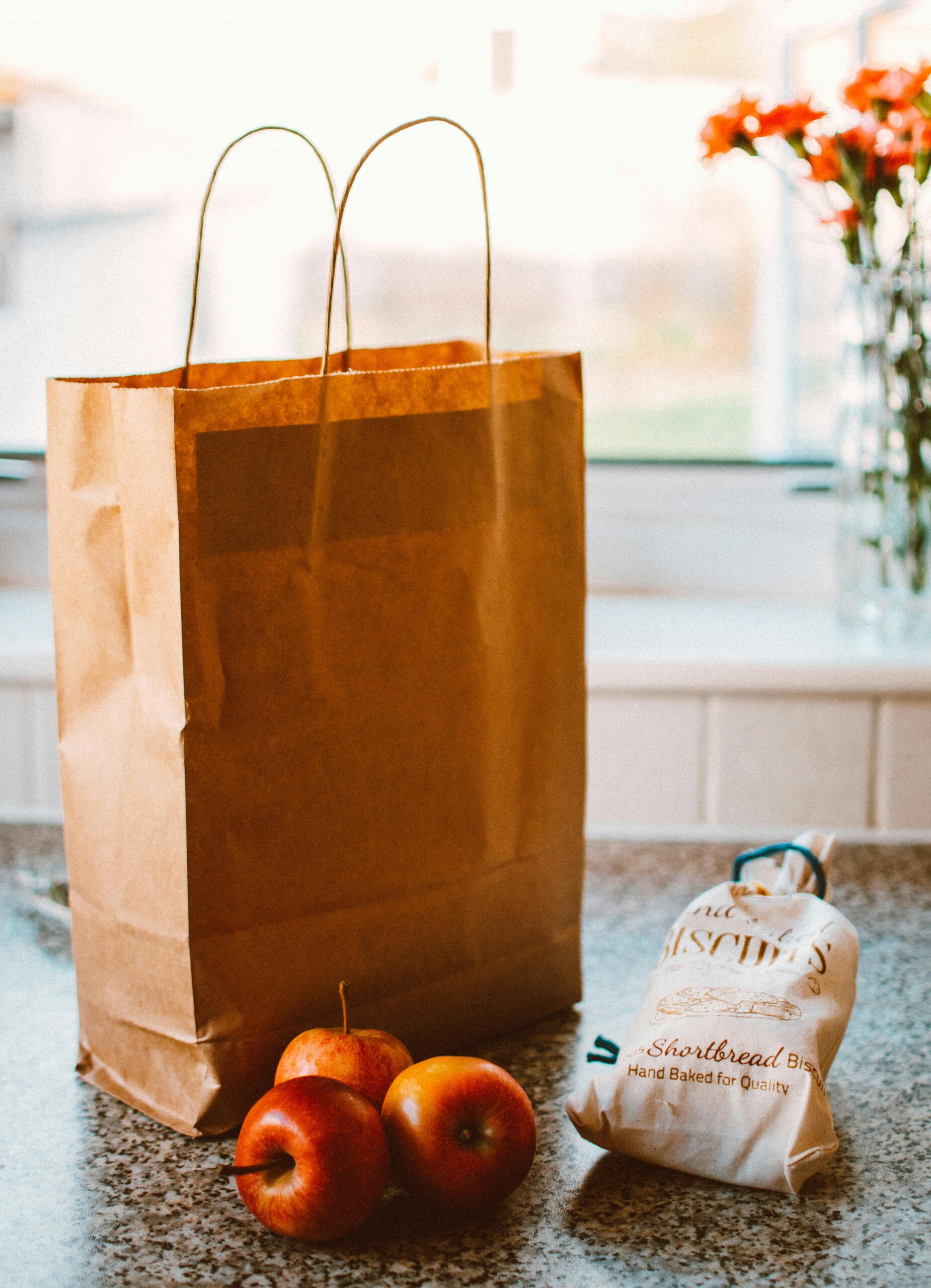
More Wellness Tips You Might Enjoy
If you loved learning about these Foods You Should Have on Your Grocery List: the Food Blogger Edition then check out these food hacks + wellness tips next:
- 12 Favorite Healthy Green Leafy Vegetables
- Healthy Oils To Use For Everyday Cooking
- 11 Best Foods to Improve Gut Health
- What the World's Longest Living People Are Eating
- 10 Ingredients to Keep Handy When Making Jamaican Dishes
DID THIS HELP IN ANY WAY?
Well, there you have it---Inside the Grocery Bag of a Food Blogger. If you've given any of these tips or purchase many of these ingredients or given any recipes on my website a go, I'd truly appreciate it if you could share your experience by leaving a ⭐ star rating and dropping your thoughts in the 📝 comments below. Your feedback means a lot, and I love hearing from you on your wellness journey!
Love this Post? SHARE!


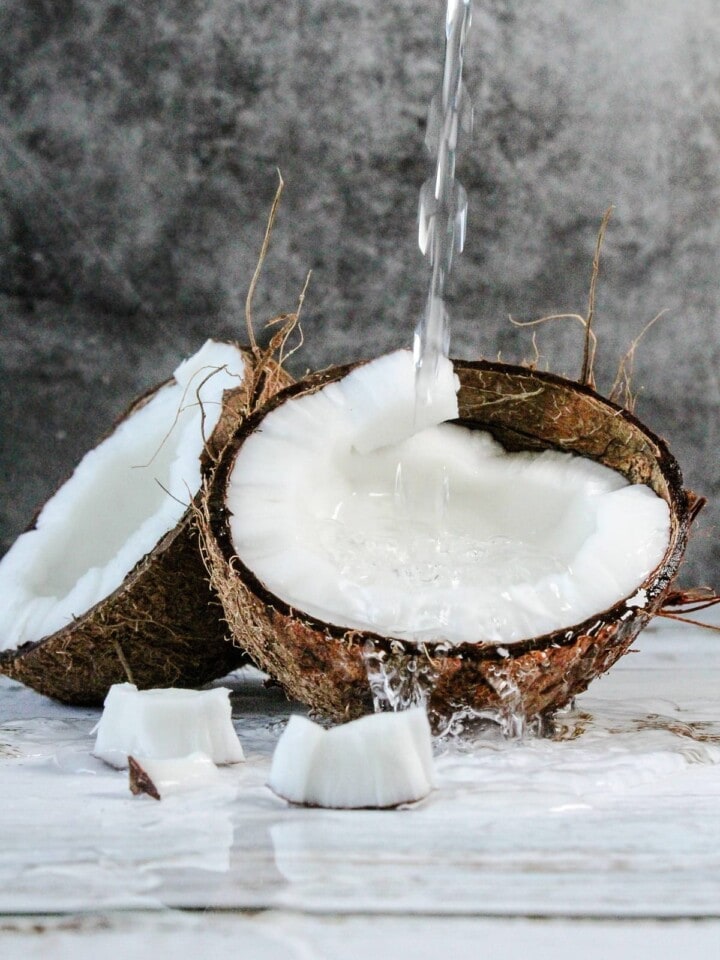
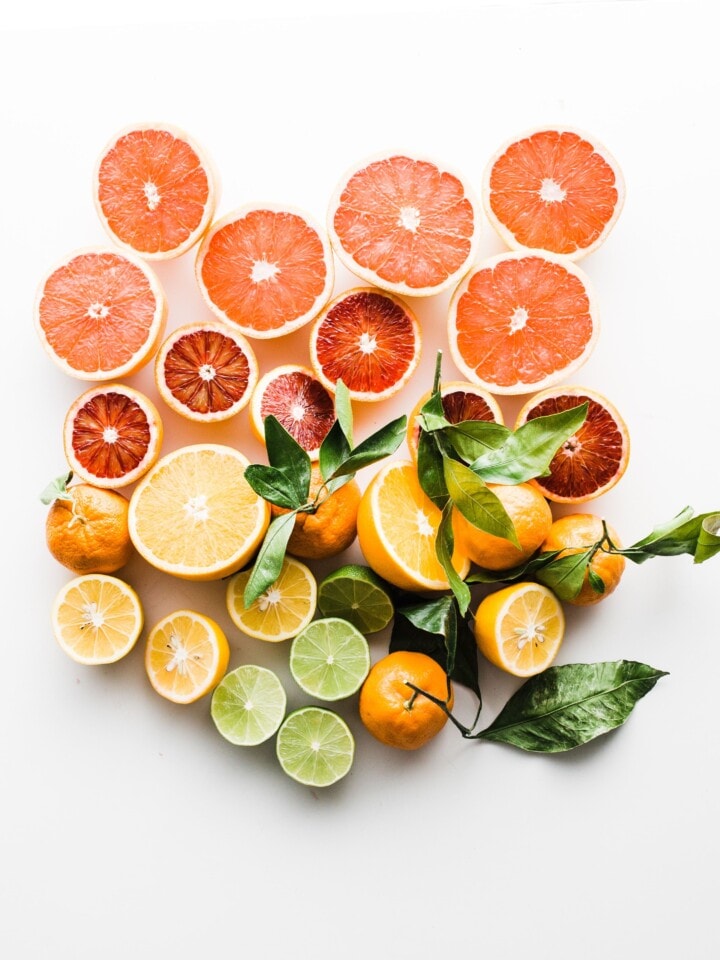
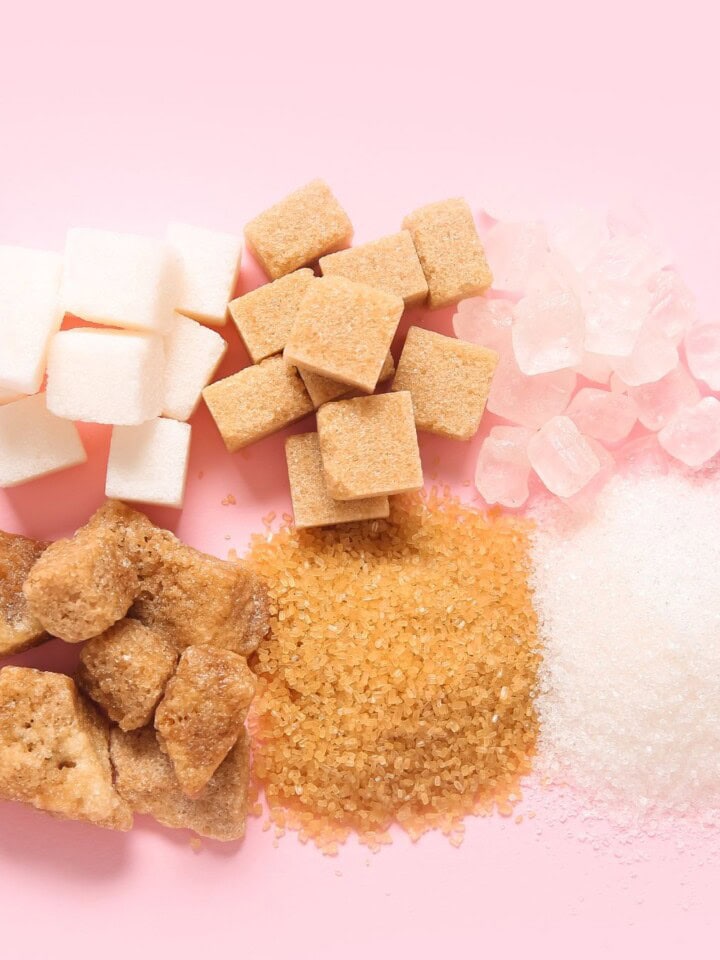
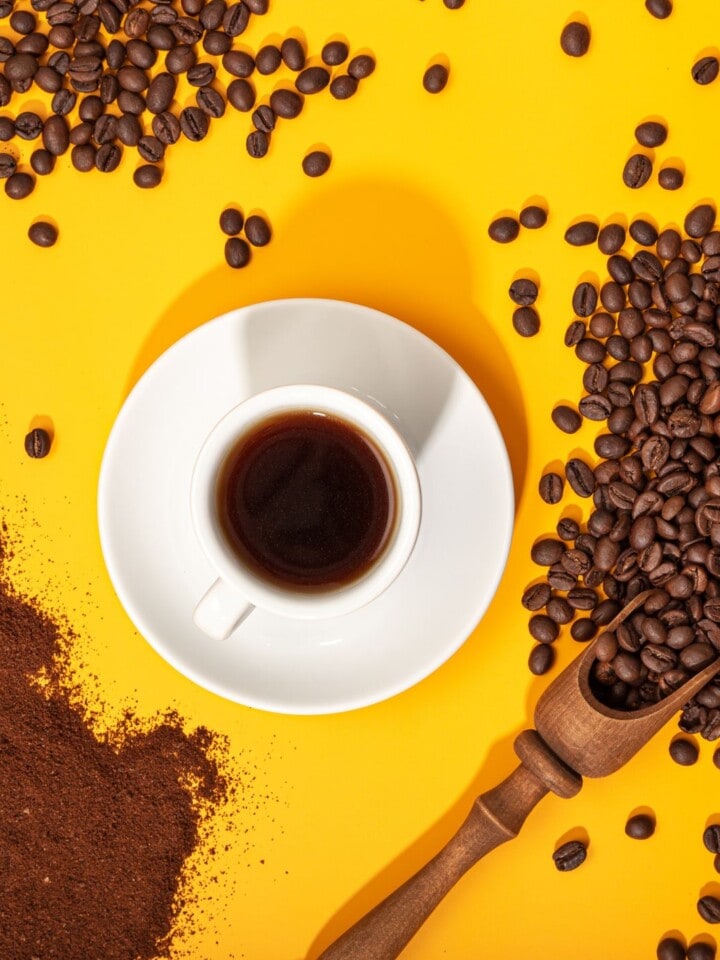
LOVE THIS RECIPE?
LET US KNOW!
Thanks for sharing the post. Its indeed pleasure to read the very useful and informative post. Foodrunner is an online supermarket for all your daily needs.
delivery service london ontario
london ontario grocery delivery
grocery delivery service
best grocery delivery service
I have read your content & it's very useful. If you want more info visit our site for grocery & essential oil.
Yes to buying ALLLL the beans!
Haha! Definitely! I love beans!